Battling alarm fatigue:
10 tips from the trenches
The Association for the Advancement of Medical Instrumentation (AAMI)[1] has synthesized the knowledge, experience and advice of seasoned practitioners into a toolkit to help hospitals meet clinical alarm safety goals. Its Clinical Alarm Management Compendium provides specific tips and outlines practices used by leading institutions, each with different challenges, goals and institutional cultures.
Here is a summary of the Compendium’s user-friendly 10 ideas for safer alarm management.1

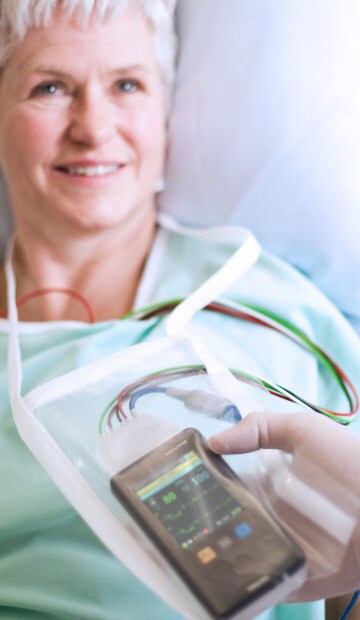
10 user-friendly ideas for
safer alarm management by Compendium2

Issue a call to action
Shared motivation convinces people of the need for systemic change. Get senior management to commit to solving the challenges, risks and opportunities of alarm management.

Create a multidisciplinary team
A diverse range of expertise is critical. Bring together a multidisciplinary team to spearhead action and build consensus.

Identify Challenges and Opportunities
It usually takes some investigation to identify the full scope of alarm management challenges and to develop systemic improvements. Gather data and intelligence—and be open to surprises.
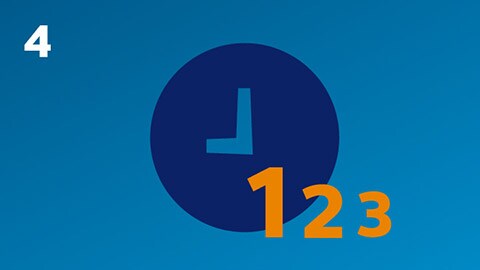
Prioritize Risks
Use the data from intelligence-gathering efforts to zero in on the patient safety vulnerabilities to address. Then target interventions to make the most impact.
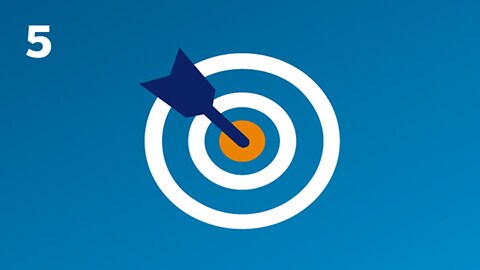
Set and Share Goals
To implement system-wide changes, formalize your goals, objectives and activities, and share them with institutional leaders to gain approval and funding.
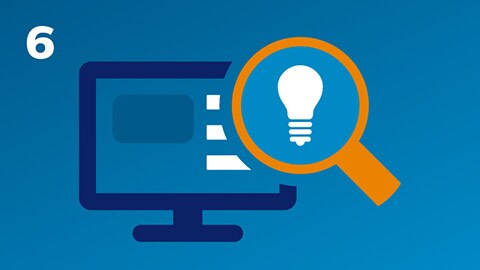
Develop and Pilot Potential Solutions
Armed with data and institutional approval, develop a pilot project that can become a model for wider-scale implementation. Start by making modest changes with a continuous improvement mindset.
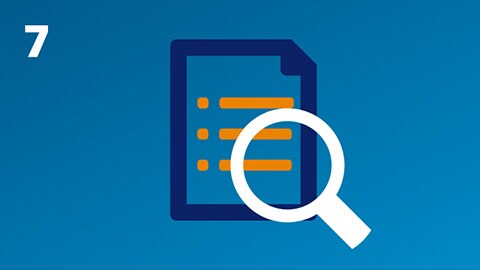
Evaluate and Make Adjustments
Learn from pilot projects to make the next round of changes go more smoothly and avoid unnecessary expenditures. Gather feedback, communicate findings and share insights.
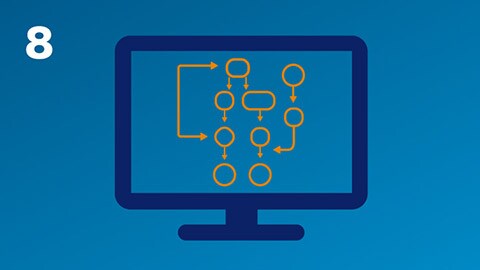
Develop Policies and Procedures
Consider having an overarching alarm management policy with device-specific procedures. Keep in mind that policies and procedures should reflect different solutions in different units.

Educate Staff
Educate staff before, during and after launching pilots and wider-scale implementations. Make sure they know why changes are occurring and how changes will benefit them and their patients.

Scale Up and Sustain
Strive to make alarm management “business as usual” for your hospital or health care system. Work to cultivate ownership at the unit level and continue to improve.
Alarm management:
become the expert
Philips is
here to help

Get some practical guidance Success stories, exclusive case studies and proven solutions
Alarm management 101
Find out why alarms are more than just a nuisance.
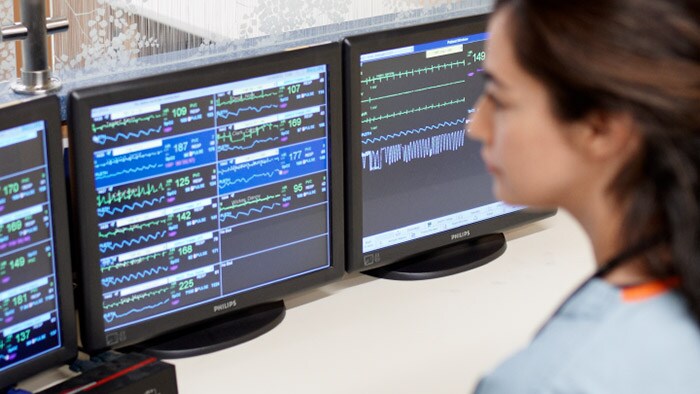
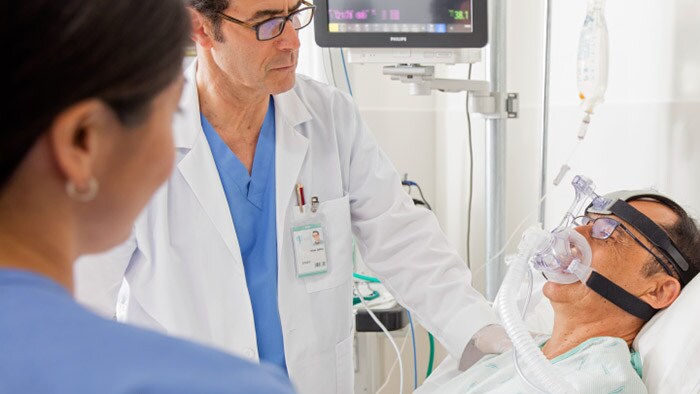
The price for patients
Find out why you should protect your patients.
Footnotes: [1] The AAMI is an American nonprofit organization that develops standards on the safety, performance and marketability of medical devices, and is a strong voice on regulatory policies and health care reform.
[2] AAMI. “Alarm Management Compendium”, accessed 2017, http://s3.amazonaws.com/rdcms-aami/files/production/public/FileDownloads/HTSI/Alarms/Alarm_Compendium_2015.pdf


